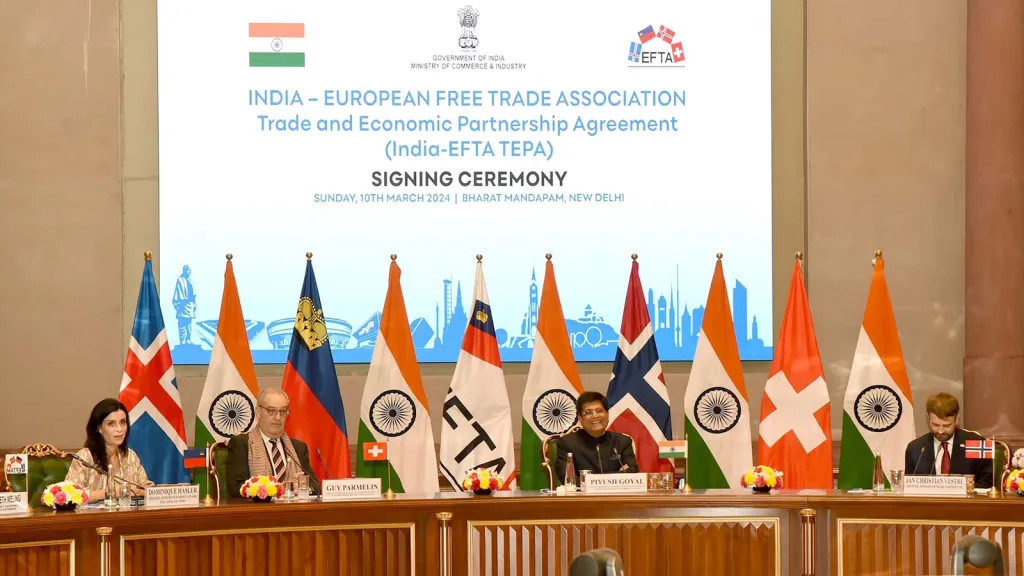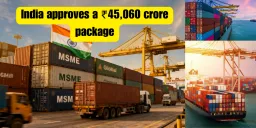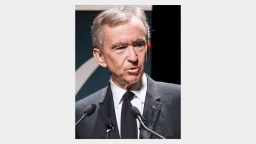India Accelerates Free-Trade Agenda: Deals with US, EU & Others in Motion

Piyush Goyal, India’s Commerce & Industry Minister, announced that India is actively negotiating free trade agreements (FTAs) with major global partners including European Union, United States, New Zealand, Oman, Chile and Peru.
India already has trade pacts with the United Arab Emirates, Australia and the European Free Trade Association (EFTA) bloc. At the same time, Goyal stressed that India will not rush into deals that compromise its national interests or accept “restrictive conditions”.
The minister also noted domestic reform efforts - removing about 42,000 compliances and abolishing 1,500 laws - to improve ease of doing business, which will bolster India’s attractiveness as a trade partner.
What does this mean for India and its trade landscape?
Strategic diversification: By expanding FTA negotiations beyond traditional partners, India is seeking to deepen ties with major economies, access new markets and strengthen supply chains.
Domestic industries under guard: While India opens up to trade, officials emphasise protection of sensitive sectors - especially agriculture, dairy and those exposed to global competition.
Speed vs prudence: Though the thrust is on concluding deals, India is signalling it will take its time rather than sign hurriedly without favourable terms.
Potential windfalls for exporters: Lower tariffs and widened access could boost Indian goods and services exports across sectors from manufacturing to agriculture.
Investment attraction: Clearer trade rules and reforms at home can attract foreign investors who view FTAs as gateways to Indian market plus export potential.
Challenges ahead
Complex negotiations: FTAs often involve sensitive topics like “rules of origin”, market access for agriculture, environmental standards and intellectual property rights.
Uneven benefits: Some sectors may benefit faster than others; trade-adjustment issues for certain domestic industries may arise.
Geopolitical dynamics: India’s multi-polar trade strategy needs calibration amid shifting global alliances, tariff regimes and supply-chain reconfigurations.
Domestic reform pace: Structural reforms and regulatory simplification must continue to match India’s trade ambitions.
Where we go from here
Keep an eye on upcoming announcements as India advances its trade agenda. Key signals will include:
Formal launch of negotiating rounds with the US, EU and other partners
Timelines for concluding FTAs or interim deals
Commitments by India on safeguards for its domestic sectors
Business outcomes: export growth, investment announcements, and integration into global supply chains
Bottom line: India’s push for new trade agreements marks a major moment in its economic diplomacy. With major players on the table and domestic reforms underway, India is positioning itself for a deeper role in global trade-while aiming to strike a balance between openness and protection.








